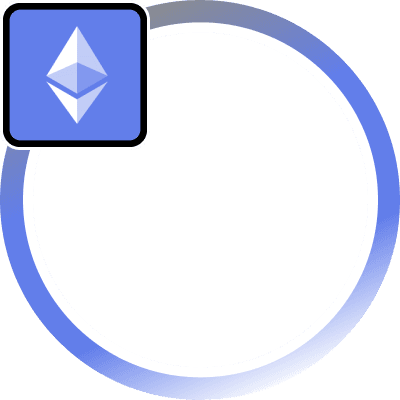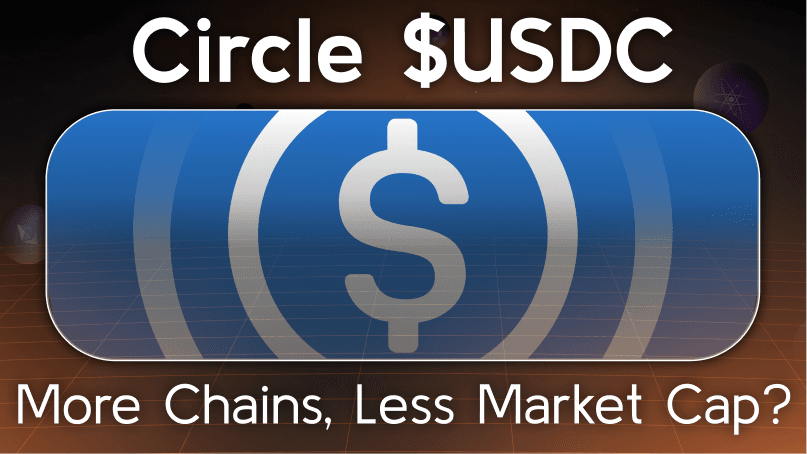Overview
Quant Network was founded in 2018 by Gilbert Verdian, Colin Paterson, and Paolo Tasca with the goal of addressing interoperability challenges within the blockchain space. Its flagship product, Overledger, is a Distributed Ledger Technology (DLT) gateway designed to interconnect blockchains and enterprise systems. Through Overledger, Quant Network enables secure, efficient, and scalable data sharing and transaction capabilities across different DLTs, including Bitcoin, Ethereum, and Hyperledger.
Overledger Network
Overledger serves as the core interoperability solution within Quant’s ecosystem, enabling multi-chain communication without modifying underlying blockchains. It operates on a REST API framework, allowing developers to interface with various DLTs through a single, standardized connection. Overledger’s structure includes several components:
- Transaction Layer: Manages transactions independently across each blockchain, preserving network autonomy.
- Messaging Layer: Facilitates secure message transfers between DLTs, supporting inter-chain communication.
- Filtering and Ordering Layer: Filters messages according to specified requirements, ensuring compliance with application needs.
- Application Layer: Enables multi-chain applications (mDApps) to function across multiple blockchains with specific rules and interactions.
This multi-layer architecture enables Quant to support sophisticated applications, such as cross-chain smart contracts and atomic swaps, and facilitates complex enterprise workflows that span multiple blockchains.
Key Technologies and Innovations
Quant Network has introduced several innovations that distinguish it from other interoperability solutions:
- mDApps: Unlike traditional DApps limited to a single blockchain, mDApps (multi-DLT applications) operate across multiple DLTs, combining functionalities from different blockchain ecosystems.
- Multi-Ledger Tokens (MLTs): MLTs are digital tokens that can be issued and used across various DLTs, representing assets like stablecoins, vouchers, or loyalty points. These tokens enhance financial interoperability across platforms.
- Cross-Chain Smart Contracts: Overledger enables smart contracts that function across different blockchains, facilitating atomic swaps and decentralized exchanges without requiring intermediary platforms.
Quant’s system provides interoperability at both technical and regulatory levels, bridging private and public ledgers, regulatory data, and legacy systems with blockchain networks.
Use Cases and Enterprise Applications
Quant Network’s technology supports a wide array of enterprise applications, especially within the finance, supply chain, and government sectors. The Overledger gateway has been deployed in projects involving central bank digital currencies (CBDCs), stablecoin issuance, and secure cross-border payments. Through partnerships, such as with SIAchain and Oracle, Quant aims to drive blockchain adoption in industries reliant on secure, interoperable infrastructure.
Specific applications include:
- Cross-border Payments: Allows financial institutions to perform transactions across multiple DLTs.
- Supply Chain Management: Integrates data across private and public chains, providing transparency and tracking for supply chains.
- Identity and Compliance Management: Supports secure identity verification and regulatory compliance using decentralized systems.
Quant Token (QNT)
The Quant token (QNT) is a utility token essential for accessing Quant Network’s ecosystem. Key uses of QNT include:
- Licensing Fees: QNT is required for licensing access to Overledger’s gateway.
- Transaction Fees: Enterprises and developers must hold QNT to use Overledger, paying fees based on token usage within the network.
- Staking: Gateway operators can stake QNT tokens to receive transaction fees as part of their role in maintaining network operations.
The tokenomics of QNT provide a continuous feedback loop within the Quant ecosystem, incentivizing long-term commitment from enterprises and developers.
Recent Developments
Quant has expanded its interoperability solutions, including new initiatives in automation and custom workflow integration. Overledger has also received updates to enhance its scalability and security, ensuring that enterprises can deploy blockchain-enabled applications with minimal technical overhead. The platform’s latest versions have extended compatibility with an increasing number of blockchain networks, further cementing Quant’s position as a leader in DLT interoperability.






